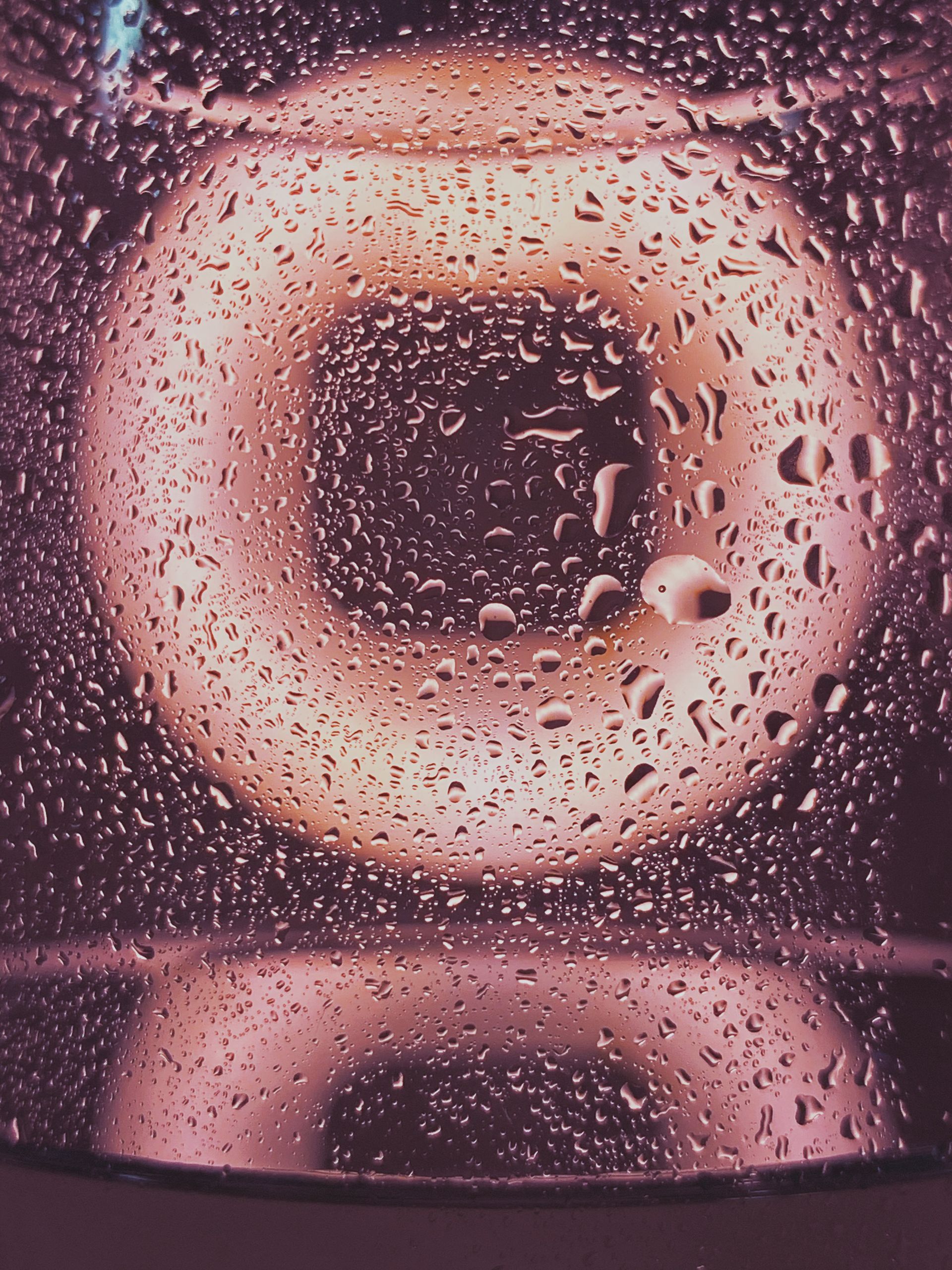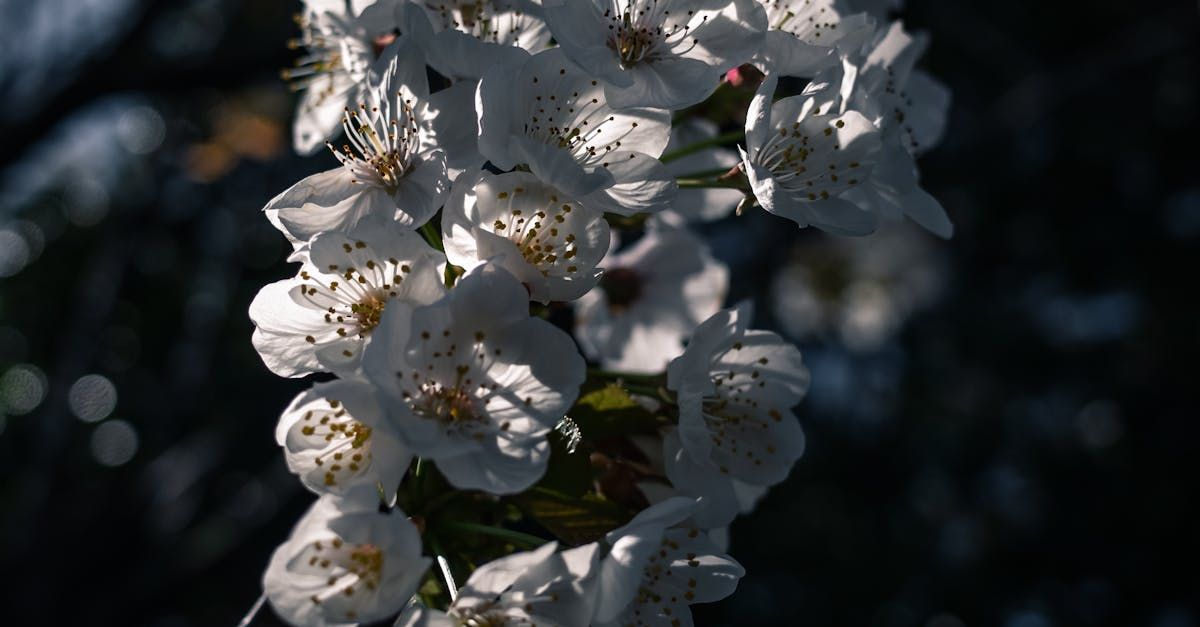Humidity Matters: How Humidity Affects Cannabis Growth and Quality
Cultivating Excellence: Unraveling the Nexus Between Humidity and Cannabis Growth, Health, and Quality
Cannabis, a versatile and beloved plant, is highly influenced by its environment. Among the many factors that impact its growth and quality, humidity stands out as a crucial element. Understanding the relationship between cannabis and humidity is essential for cultivators and enthusiasts alike. In this blog, we'll explore the significance of humidity in cannabis cultivation, its effects on the plant's growth, and how to maintain optimal humidity levels to ensure robust and healthy cannabis crops.
The Role of Humidity in Cannabis Cultivation:
Humidity refers to the amount of moisture present in the air, and it plays a vital role in the cultivation of cannabis. Both indoor and outdoor growers must monitor and control humidity levels to ensure optimal conditions for their plants. High humidity can create an environment conducive to mold and mildew growth, while low humidity can lead to dehydration and stress for the cannabis plant.
Effects of High Humidity on Cannabis:
- Mold and Mildew: Cannabis plants are susceptible to mold and mildew, especially during the flowering stage when humidity levels are high. Mold and mildew can adversely affect the plant's health, reduce yields, and compromise the quality of the final product.
- Reduced Terpene Content: High humidity levels can negatively impact the production of aromatic compounds known as terpenes. Terpenes play a crucial role in the flavor and aroma of cannabis, and excess humidity may lead to a loss of these essential compounds.
Effects of Low Humidity on Cannabis:
- Dehydration: Insufficient humidity levels can cause the cannabis plant to lose moisture rapidly, leading to dehydration. This can result in wilting, nutrient imbalances, and stunted growth.
- Stress and Reduced Yield: Low humidity can stress the plant, leading to reduced photosynthesis and lower overall yields. Additionally, it may impact resin production, affecting the potency of cannabinoids like THC and CBD.
Maintaining Optimal Humidity Levels for Cannabis:
- Vegetative Stage: During the vegetative stage, aim for humidity levels between 40% to 70%. This range provides a good balance, supporting healthy growth without promoting excessive mold growth.
- Flowering Stage: As the plant enters the flowering stage, lower the humidity gradually to around 40% to 50%. This reduction helps minimize the risk of mold while maintaining adequate moisture for the plant.
- Monitoring: Use a hygrometer to monitor humidity levels regularly. This device will help you make timely adjustments to maintain the ideal environment for your cannabis plants.
Humidity is a critical factor that profoundly influences cannabis growth and quality. Whether you're cultivating cannabis indoors or outdoors, striking the right balance is crucial to ensuring healthy, robust plants and high-quality yields. By understanding the effects of both high and low humidity on cannabis and implementing proper monitoring and adjustments, growers can create an environment that nurtures thriving cannabis crops, fostering the production of flavorful and potent buds we all know and love.
SHARE:
Disclaimer: The information provided in this article is for educational purposes only. The content is not intended to be a substitute for professional medical advice, diagnosis, or treatment. Always seek the advice of your physician or other qualified healthcare provider with any questions you may have regarding a medical condition. The use of cannabis, including smoking, may have potential health risks and may not be suitable for everyone. It is essential to understand and abide by the laws in your country or state regarding cannabis use. The author and publisher of this article are not responsible for any adverse effects or consequences that may result from the use of the information presented in this article. This blog is sponsored by
Fresh Mint.












